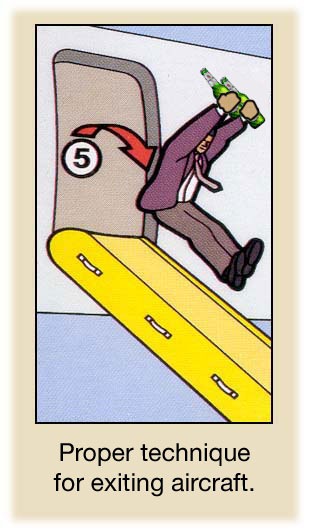So… how do we impact food? The wonderfully general and unhelpful answer would be: through our actions. But to actually figure it out, I’d like to look at one particularly unique situation of food found in cultures around the world.
Airplane food.
It would be unfair to assume that airplane food is a part of every culture. In fact, as only five percent of the world’s population has flown on an airplane, I should not even say it is an aspect of international cultures. However, for those of us fortunate enough to deal with first world problems like airplane food, we did not leave without any scarring.
Airplane food is a seminal example of how we have affected food instead of the other way around. Instead of chocolate inspiring Spanish poets when it came over from the New World or coffee affecting the yuppie masses of urban United States, the obsession of the jet-setting, fast-paced, upper class Western world created the terrible misfortune that is airplane food.
The question of “pasta or chicken?” should not make us cringe. But despite the privilege of flying on “machines that do such a great job of defying physics”, as my friend Dan Segal puts it, frequent flyers just don’t want to eat the accompanying food. Planes can only accommodate so much and some airlines do better than others. But at the end of the day, it’s the modern consumer’s insistence on getting somewhere quickly while requiring to fed that led to the grossness that is airplane food. If I was an airplane steward and had to put up with complaints, I would bail far quicker than my hero of the stewarding world, Steven Slater.

Despite great innovations in cooking, like quiches and cakes, our ambition has not been as helpful. No one actually wants to eat airplane food.






